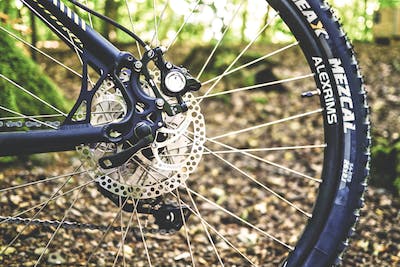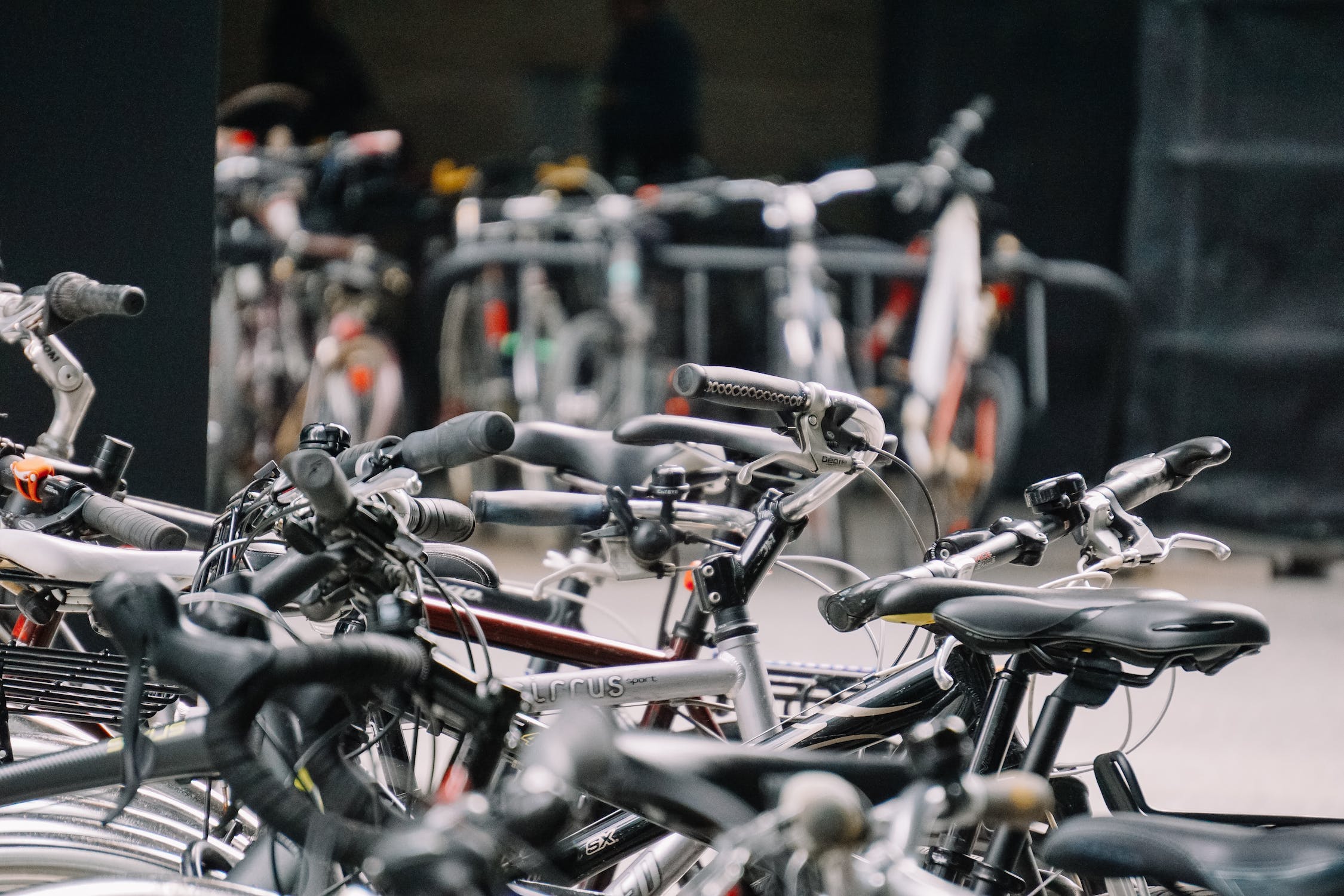Cycling is one of the best ways to stay active and get around town, but there’s nothing more frustrating than a set of brakes that doesn’t work properly when cycling. Whether you’re dealing with squeaky brakes, misaligned pads, or worn-out cables, it’s important to address these issues as soon as possible to ensure a safe and smooth ride. You’re gliding down a country lane, enjoying the scenery, the quiet, and solitude as you hit the brakes, and a high-pitched scream breaks the silence.
We all know that brake squeal is at the top of every cyclist’s list of annoying bicycle noises. But not only the squeaking is a problem. Loud brakes can also mean reduced braking performance.
We’ve all had to deal with squeaky, tight, or misadjusted brakes at some point in our time on the bike. But the good news is that most brake rub repairs can be done at home or even on the go.
First, make sure the wheel is seated properly.
If the disc rubs, loosen the two bolts that secure the disc brake to the frame, then retighten the brake lever. This will ensure it is centered.
If friction persists, the wheel may need adjustment. You can choose to do it (gently) yourself, using a fork to center the rotor.
Check if the brake pads are really worn and need to be replaced.
If the brake lever feels too soft, it may be time to bleed the brakes.
PS: When working with disc brakes it is always a good idea to wear a new pair of mechanic’s gloves or use a lint-free cloth as the oils on your skin can contaminate the pads and disc.
In this article, we’ll go over some common bicycle brake problems and offer tips and tricks to get your brakes working like new ones.
1. Squeaky Brakes:

One of the most common brake problems that cyclists face is squeaky brakes. This is usually caused by the pads rubbing against the rim or rotor and can be a sign of worn-out or contaminated pads. To fix this issue, start by cleaning the rims or rotors with rubbing alcohol or brake cleaner. Then, remove the brake pads and inspect them for wear or contamination. If they’re worn out, replace them with new ones. If they’re contaminated, clean them with rubbing alcohol or replace them if necessary. Finally, reposition the pads so that they align with the rim or rotor and adjust the tension as needed.
2. Misaligned Pads:
Another common brake problem is misaligned pads. This can cause uneven wear on the pads and reduce the overall braking power of your bike. In order to fix this issue, start by loosening the brake caliper mounting bolts and repositioning the pads so that they align with the rim or rotor. After that, tighten the mounting bolts and check the alignment again. If the pads are still misaligned, adjust the tension using the barrel adjuster on the brake lever until they’re properly aligned.
3. Worn-Out Cables:
Over time, the cables that connect your brake levers to the brake calipers can become worn out or stretched, reducing the braking power of your bike. To fix this problem, start by inspecting the cables for signs of wear or damage. If you notice any fraying or kinks, replace the cables with new ones. If the cables are simply stretched, use the barrel adjuster on the brake lever to tighten them up. If the issue persists, you may need to replace the housing as well.
4. Sticky Brake Lever:
If your brake lever feels sticky or doesn’t return to its original position after you release it, this could be a sign of a problem with the brake cable. To fix this issue, start by inspecting the cable for kinks or fraying. If you notice any issues, replace the cable with a new one. If the cable looks fine, try lubricating it with a light oil or cable lubricant. If the issue persists, you may need to replace the brake lever or caliper.
5. Weak Braking Power:
If your brakes feel weak or unresponsive, there could be a variety of issues at play. Start by checking the pads for wear or contamination, and replace them if necessary. After that, you check the cables for signs of wear or stretching and adjust them as needed. Finally, check the brake calipers for proper alignment and adjust the tension as needed. If none of these solutions work, you may need to replace the brake system entirely.
Conclusion.
Dealing with bicycle brake problems can be frustrating, but with a little bit of know-how and some basic tools, you can fix most issues on your own. By addressing these problems as soon as they arise, you’ll ensure that your bike stays safe and reliable for years to come. Remember to always wear a helmet and follow proper safety protocols when working on your bike. Happy cycling!

